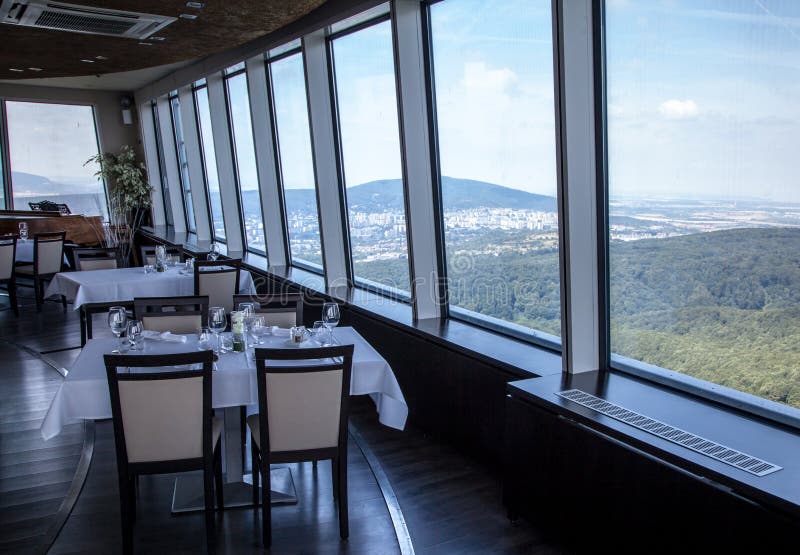

Originally moat-surrounded, the walled city of Bratislava had its share of destruction. Open Tues – Sun 9 am – 5 pm (Nov-Mar) & 10 am – 6 pm (Apr-Oct) Closed Mondays. Walk from Old Town or you can catch trolley buses 203 and 207 from Grassalkovich Palace. The grounds alone take time to wander and inside, the castle’s fascinating history and spectacular interiors will captivate. Hradná Hviezda can be found inside the Viedenská brána (western gate) and Restaurant Hrad across from the Baroque Garden entrance.Īllow at least 2 -3 hours for a visit to Bratislava Castle. Two restaurants inside the grounds serve Slovak deliciousness. Outside, the resurrected baroque garden replicates the plantings at the time of the great 1811 fire. Climb the Crown Tower for magnificent views. Within Bratislava Castle, the Museum of History takes you back through the castle’s past. The incredibly majestic Bratislava Castle commands much of your attention, but it’s the views from the grounds that are truly outstanding. Overlooking Old Town’s history and the UFO Tower’s contemporary design, Bratislava Castle is the perfect spot to get a bird’s eye view and your bearings. Like the best real estate anywhere, Bratislava Castle is in a fabulous location, location, location! Refer to our FAQs for all details on how and where to purchase your Bratislava Card.
#Paparazzi restaurant bratislava free#
The Bratislava Card offers free public transport, free and discounted entrance to museums, and other worthwhile offers. To experience an in-depth journey through Bratislava’s history, visit Bratislava Castle and the Museum of History.īefore you do, be sure to pick up your Bratislava Card. Just 15% of the population were Slovaks.īy 1919, Czechoslovakia occupied Bratislava, much to the chagrin of the non-Slovak population whose protests were met with open gunfire.Īs non-Slovaks were expelled or fled, Czechs and Slovaks settled in Bratislava. Prior to WW1, 80% of the population was split 50/50 with German & Hungarians speakers. 19th & early 20th centuryĪustria and Hungary took part in a substantial tug of war to claim Slovakia. The economic development attracted the Ottoman Empire’s attention who conquered the Kingdom of Hungary’s central region (1604 – 1711), however, the bulk of today’s Slovakia resisted and became a province of Austria. Over half of the Hungarian Kingdom’s royal and mining towns were located in Slovakia significantly contributing to Hungary’s economy. German “guests” introduced advanced forms of production, management, legal systems and culture. The region’s rich resources of gold, silver, copper, iron and salt provided economic buoyancy to rebuild and develop strongholds. Post Mongol withdrawal in 1242, Duke of Austria, Frederick the second, took a stab at a takeover, however, the Hungarian force (made up mainly of ethnic Slovaks) nipped that in the bud.

Following the river south, the marauding Mongols left only fortified cities and the strongest of castles in their wake. More than a blip was the Mongol invasion in 1241.

Land deals between Hungarian royalty and regional skirmishes blipped without major impact. The two communities integrated and later became the Kingdom of Hungary. Nomadic Hungarians (Magyars) progressively gained dominance over the area. Moravia powered the region and Christianity was introduced through two Byzantine missionary brothers, one who developed the first known Slovak alphabet. Slavs from the east made use of the opportunity and established the first known Slavic political entity. The Migration Period saw chaos reign with the fall of the Roman Empire. Indications of their occupation remain within Bratislava Castle and today’s wine produced from vines they planted. Long before recent claimants of Slovakia, Bratislava belonged to the Romans.


 0 kommentar(er)
0 kommentar(er)
